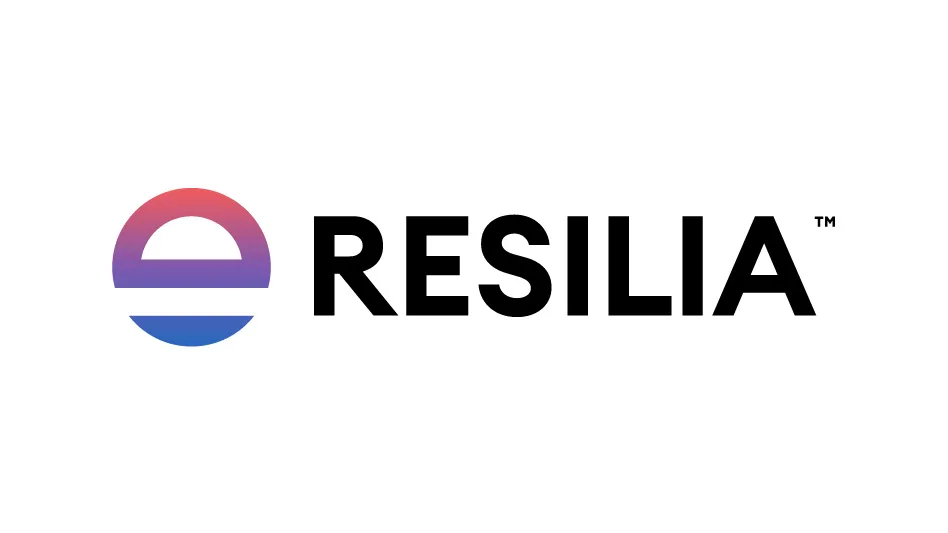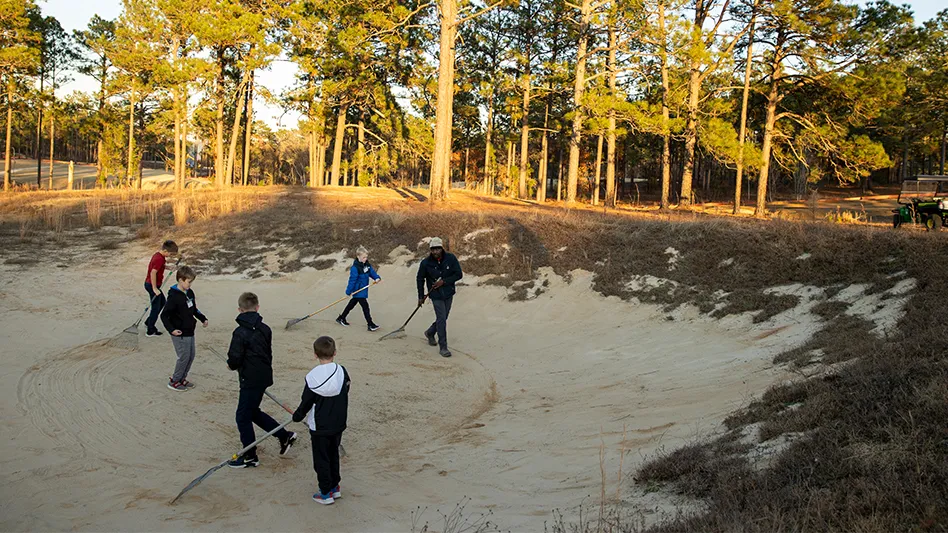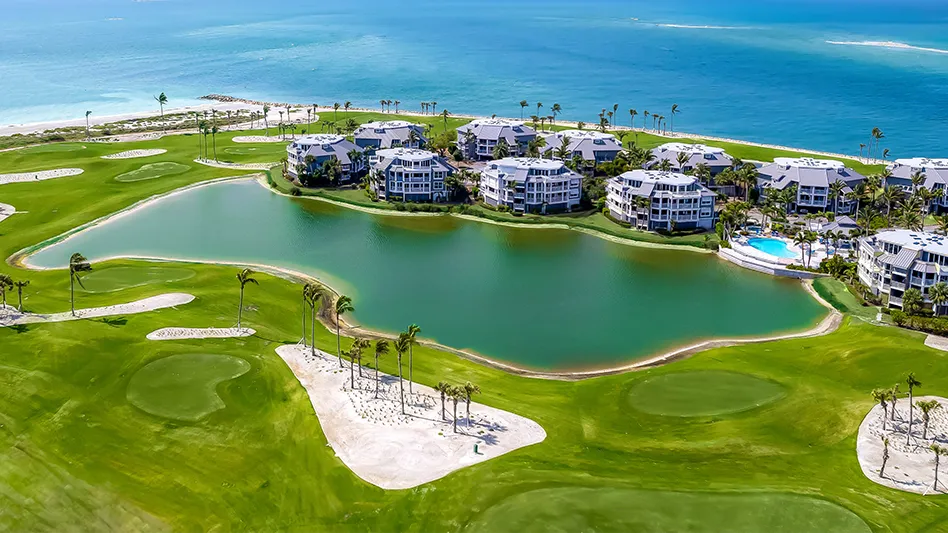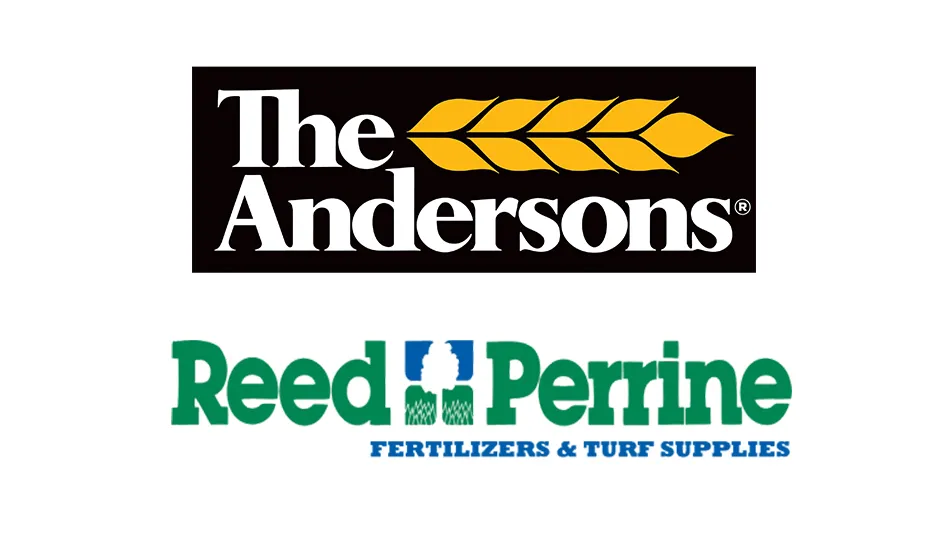
When I first looked at Idle Hour Country Club on satellite imagery, I noticed what appeared to be two par-3 holes located side-by-side. Having never been to the golf course in person, I wasn’t completely sure exactly what I was looking at, but it definitely looked unique.
Before my interview, I walked the golf course and saw firsthand two parallel par 3s sharing the same hole number — two. The green on the left sat high upon a knob, and the green to the right sat low in a natural depression. Later, I would learn the two holes are referred to as Upper and Lower Two as you might guess.
The golf course was originally designed by Donald Ross in 1924 for Mr. E.R. Bradley, a Kentucky Colonel who owned a horse farm named Idle Hour. The golf course was situated on a 170-acre parcel of farmland Col. Bradley owned and he named it Ashland Country Club.
As I continued to research the history of the golf course, I learned it is the only golf course designed by Ross in the Commonwealth of Kentucky. In 1946, following the death of Col. Bradley, the membership renamed the club Idle Hour in his honor.
I have studied the original Ross drawing of Ashland on numerous occasions and there was only one par 3 in that location. In 1968, the country club hired golf course architect Robert Simmons of Camden, Indiana, to redesign the golf course. Clubhouse expansions along with pool renovations and other amenities now occupied land previously serving as the first and ninth holes in the original Ross design, and the club needed to replace them.
Simmons was a disciple of famed golf course architect Dick Wilson, and he modernized the golf course creating two new holes on adjacent land in the northeast corner of the property owned by the club. He rebunkered the entire course in a fashion like Wilson’s, eliminating much of the notable Ross characteristics. He also created a new par 3, located on higher ground just to the left of the original par 3 sitting in the depression leaving the original green abandoned.
In 2004, Idle Hour Country Club hired Ron Prichard, the godfather of golf course restoration, to return the golf course to its Ross roots. Ron did a phenomenal job of eliminating the modern style of bunkers and restoring them to bunkers full of Ross characteristics.
He also was able to use the original Ross drawing to restore and replace lost bunkers previously on the golf course. And Ron did something else, he restored the lower Ross green on the par 3. But Ron didn’t eliminate the 1968 Simmons’ green either. Rather, he created what is now the iconic Idle Hour double par 3 known throughout the region as Upper and Lower Two.
Now, all daily play is on Lower Two as that is the original Ross design. For certain tournaments with 54 or more holes or special events, we use Upper Two for certain stipulated rounds. By and large, nearly all play is on Lower Two exclusively.
We recently completed a fairway bunker renovation. We executed the project without closing the golf course. In fact, we only closed one hole at a time and each day whichever hole was closed that flag was placed on Upper Two and groups were able to play that as a replacement hole for the one closed on that day.
Fortunately, Hole Two is conveniently located behind the 17th so everyone would play Lower Two during their round, then immediately following play of No. 17 they would play Upper Two before making a U-turn and heading back over to the tees of No. 18.
It’s an interesting dynamic, but it works well for us because of how the course is routed. If we had an emergency or if there was any reason a hole needed to be closed for agronomic reasons, we have a bonus hole to utilize so folks can still manage to play a full 18-hole round.
Because the putting surface of Upper Two is managed daily the same as the rest of the golf course, it provides us with another layer of insurance should we ever require grass for unforeseen repairs. Granted, it would require something extraordinary. But the turf is there ready to go.
That’s just one use of a “Bonus Hole.” There are obviously many more as you have learned in this issue. So, next time you’re playing golf somewhere that has an extra hole, see if you can learn how it came to exist and play it if you can.

Explore the November 2023 Issue
Check out more from this issue and find you next story to read.





